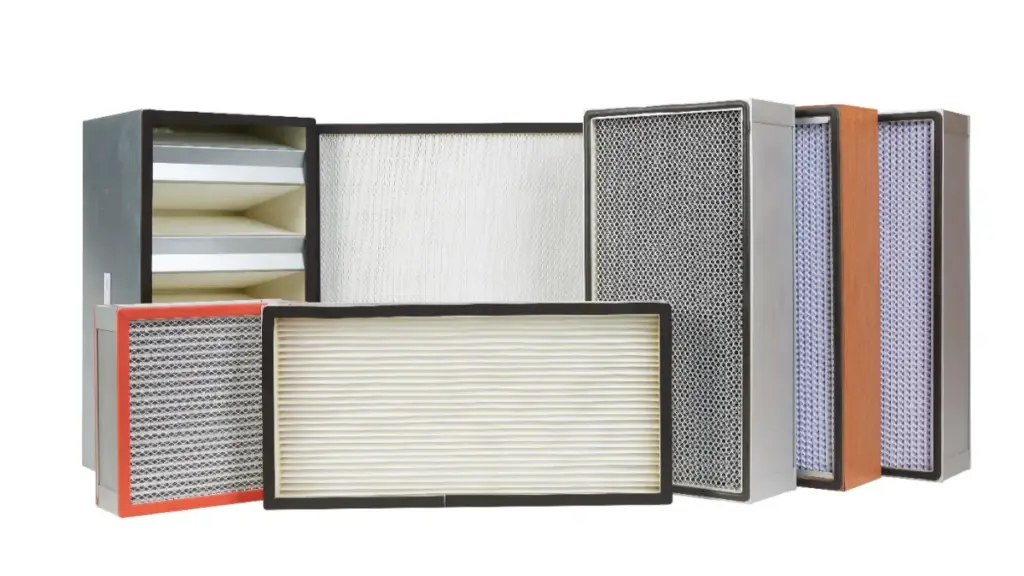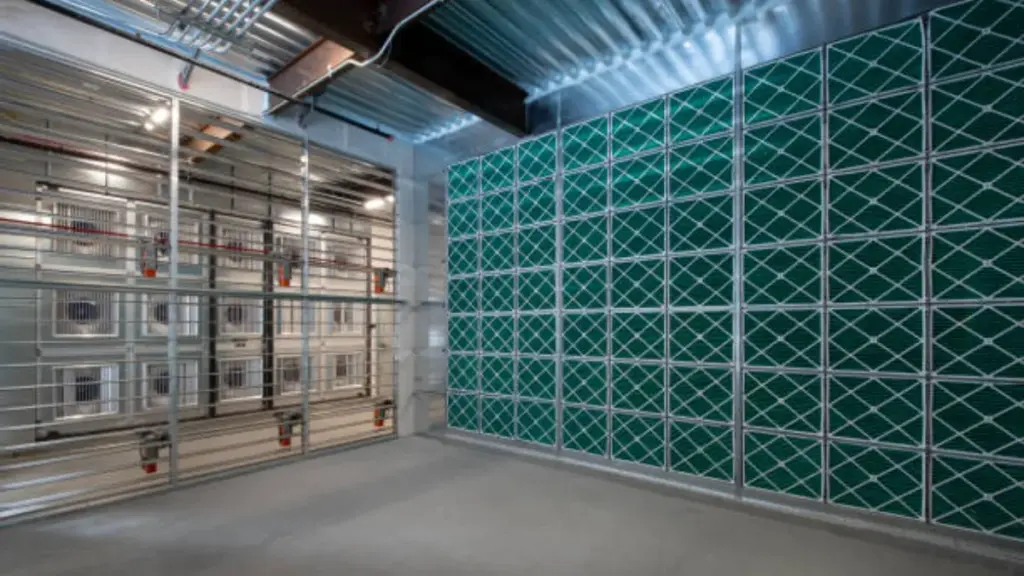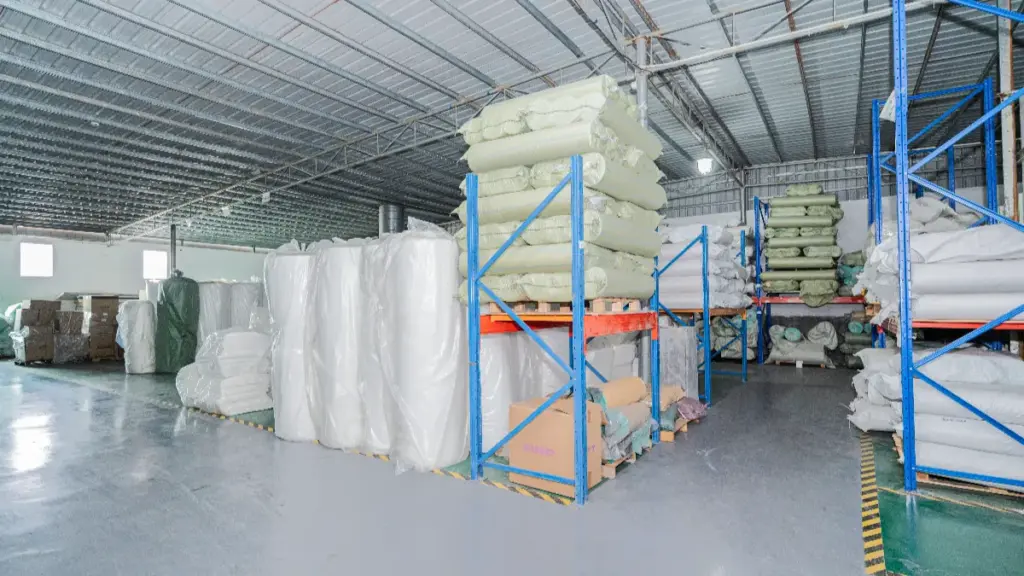Dans le monde d'aujourd'hui, où la qualité de l'air a un impact significatif sur notre santé, Comprendre la technologie de filtration de l'air est plus important que jamais. HEPA filters have become synonymous with high-performance air purification, but what exactly is a HEPA filter, and how does it work? This comprehensive guide will answer those questions and provide everything you need to know about HEPA filters — from types and standards to applications and how to choose the right one.
Qu'est-ce qu'un filtre HEPA?
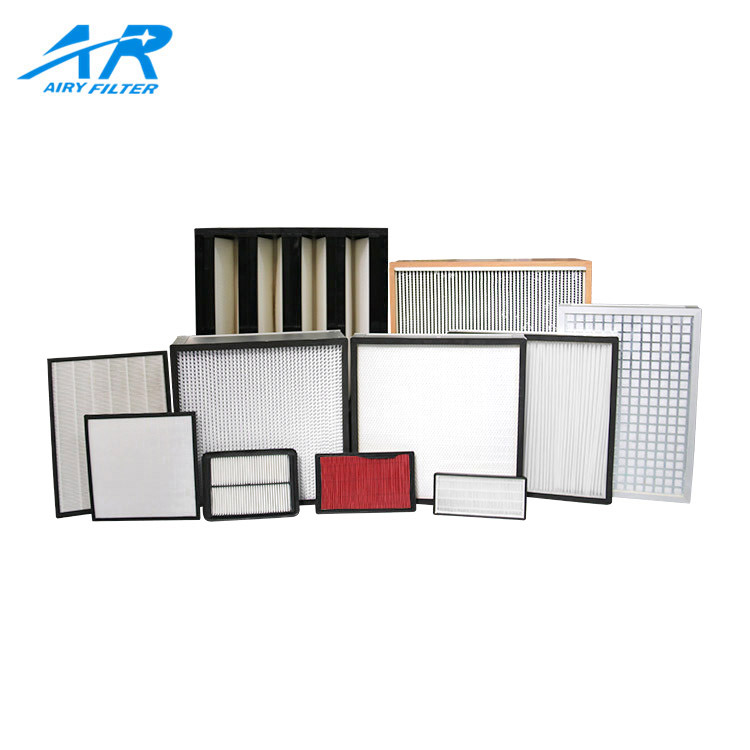
A HEPA filter, which stands for High-Efficiency Particulate Air filter, is a specialized air filter designed to remove at least 99.97% of airborne particles as small as 0.3 microns de diamètre (EPA). This definition is officially recognized by the U.S. Department of Energy (DOE) and various industry standards worldwide.
The 0.3-micron particle size is considered the “most penetrating particle size” (Députés), meaning it’s the hardest size to trap, and HEPA filters are even more efficient at capturing both smaller and larger particles. To put it in perspective, many common allergens like pollen, squames pour animaux de compagnie, spores de moule, acariens, and some bacteria fall within this particle size range, making HEPA filters incredibly effective in improving indoor air quality.
Main Components of a HEPA Air Filter

UN HEPA air filter is a precisely engineered system made up of several key components that work together to deliver high-efficiency air purification.
1. Filtre des supports (Glass Microfiber or Synthetic Fibers)
At the core of every HEPA filter is the pleated filter media. This dense mat of randomly arranged fibers is responsible for trapping airborne particles through impaction, interception, and diffusion. The material is typically made of glass microfiber or advanced synthetic fibers.
2. Frame or Housing
The frame provides structural support and holds the filter media in place. It’s usually made of plastic, aluminum, or galvanized steel, depending on the application (Résidentiel, commercial, or industrial).
3. Gasket or Sealant
To prevent unfiltered air from bypassing the filter media, high-quality HEPA filters include a rubber or foam gasket around the frame to ensure an airtight seal when installed.
4. Pre-Filter (Optional)
Many HEPA systems include a pre-filter layer to capture larger particles like dust or hair, which extends the life of the main HEPA media.
5. Protective Mesh or Spacer
A mesh layer or separator helps maintain the pleat structure and ensures even airflow distribution across the filter surface.Each of these components plays a crucial role in ensuring the filter meets strict HEPA performance standards.
How Does a HEPA Filter Work?

HEPA filters achieve their high-efficiency performance through a combination of three physical filtration mechanisms: impaction, interception, and diffusion. These mechanisms act simultaneously and continuously as air flows through the dense, pleated fiber matrix of the filter. Each mechanism targets particles of different sizes, enabling the HEPA filter to capture a broad spectrum of contaminants in a single pass.
- Impaction affects larger particles (typically >1 micron), which cannot follow the curved path of the airstream and instead collide directly with the filter fibers.
- Interception captures mid-sized particles that follow airflow but come close enough to touch and adhere to the fibers.
- Diffusion targets ultrafine particles (<0.1 microns) that move erratically due to Brownian motion, increasing the chances of collision with fibers.
In a typical HEPA filtration system, air is drawn into the unit by a fan or integrated blower. If equipped, a pre-filter first removes coarse particles like dust, cheveux, and lint—helping preserve the HEPA media’s efficiency and service life.
Once the air reaches the HEPA media, the fiber matrix applies the three mechanisms concurrently, efficiently trapping particles of all sizes without relying on chemicals or static charge.
Finally, the purified air exits the system with at least 99.97% of particles ≥0.3 microns removed, making HEPA filters ideal for controlling allergens, pathogens, and airborne pollutants in both residential and commercial environments.
Different Types of HEPA Air Filters
Not all HEPA filters are created equal. There are several variations depending on application, filter grade, and design:
- Standard HEPA Filters: Meet the DOE’s 99.97% à 0.3 microns efficiency standard. Used widely in home air purifiers and vacuum cleaners.
- True Filtres HEPA: These filters have undergone rigorous testing to confirm their filtration efficiency and meet industry certification standards.
- HEPA-Type or HEPA-Like Filters: These do not meet the stringent true HEPA standards but are marketed as similar. They may capture a significant amount of dust and allergens but lack guaranteed efficiency.
- Ulpa (Ultra-Low Particulate Air) Filtres: An advanced type capturing 99.999% or more of particles as small as 0.12 microns, used in clean rooms and hospitals.
- Filtres HEPA de qualité médicale: Often used in healthcare settings, these may include additional antimicrobial treatments or enhanced construction to meet strict health standards.
For a more detailed breakdown of each category, check out our in-depth guide on the Le guide ultime de différents types de filtres HEPA et de leurs utilisations.
What Is “True HEPA” vs “HEPA-Type”?
One common source of confusion in the marketplace is the difference between Véritable Hepa et De type HEPA filtres:
- Véritable Hepa: Certified to capture 99.97% de particules à 0.3 microns, backed by lab testing, and compliant with official standards.
- De type HEPA: Often less expensive and marketed to consumers, these filters do not meet strict HEPA standards. They may filter larger particles but are less effective on the most penetrating particle sizes.
For critical applications like medical environments or allergy relief, opting for a True HEPA filter ensures the highest air purification standards.
HEPA Standards and Filtration Efficiency
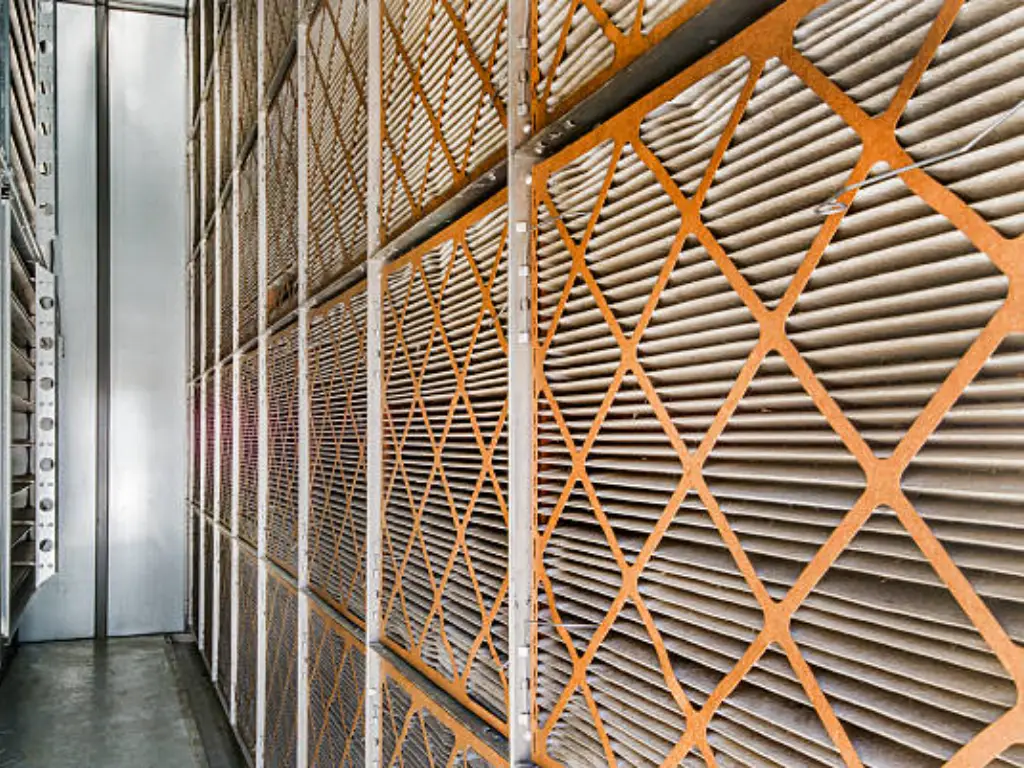
HEPA filter efficiency is typically measured based on capturing the most penetrating particle size (0.3 microns). The DOE defines HEPA filters as those removing at least 99.97% of these particles, but some high-grade filters can reach efficiencies of 99.99% or better.
To further standardize filtration ratings, many industries reference the Minimum Efficiency Reporting Value (Mât) system developed by Ashrae (American Society of Heating, Refrigeration, and Air-Conditioning Engineers). Les notes Merv vont de 1 à 20, with HEPA-level filtration generally starting at MERV 17 et au-dessus.
What Is a MERV Rating and How Does It Compare to HEPA?
The MERV rating system categorizes air filters by their ability to capture particles between 0.3 et 10 microns. Filters with higher MERV ratings have better filtration performance:
| Merv | Particle Size Efficiency | Typical Use Case |
| 1-4 | <20% (3-10 microns) | Filtres résidentiels de base |
| 8-12 | 50-90% (1-3 microns) | Improved home filters, commercial |
| 13-16 | 75-95% (0.3-3 microns) | Hospital-grade filters, salles blanches |
| 17-20 | 99.97%+ (0.3 microns) | HEPA and ULPA filters |
HEPA filters correspond roughly to MERV 17-20, indicating they provide filtration far beyond typical HVAC filters. While many HVAC systems use filters rated MERV 8-13 for dust and allergen control, they do not reach the efficiency levels of HEPA filters, which is why supplemental air purifiers with HEPA filters are often recommended for allergy sufferers or environments needing sterile air.
Common Applications of HEPA Filters
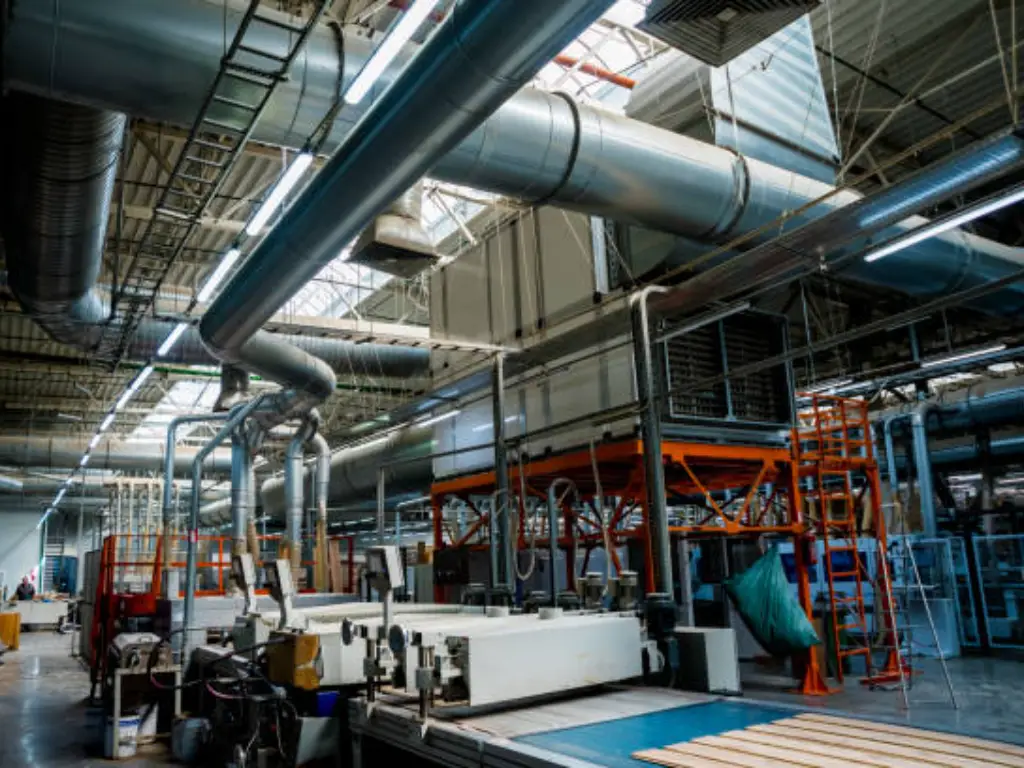
Due to their high efficiency, HEPA filters are used in a variety of settings:
- Residential Air Purifiers: Improve indoor air quality by removing allergens, poussière, and smoke.
- Vacuum Cleaners: Capture fine dust and allergens without releasing them back into the air.
- Systèmes CVC: Used in specialized or hospital-grade ventilation units.
- Medical and Laboratory Settings: Maintain sterile environments in operating rooms and clean rooms.
- Airplanes: Used in aircraft cabin filtration systems for passenger safety.
- Industrial Uses: Control airborne contaminants in manufacturing and pharmaceutical plants.
Understanding the appropriate application helps you select the correct HEPA filter type and grade for your needs.
Benefits of Using HEPA Filters
The advantages of using HEPA filters extend beyond just cleaner air:
- Allergy and Asthma Relief: HEPA filters trap common allergens, reducing symptoms.
- Reduction of Airborne Pathogens: Can capture bacteria and some viruses, improving general health safety.
- Suppression des odeurs: Many HEPA filter units include activated carbon layers to absorb odors.
- Improved Overall Air Quality: Reduces dust, fumée, spores de moule, et les squames d'animaux.
- Enhanced Comfort and Well-being: Cleaner air can improve sleep quality and reduce respiratory irritation.
These benefits make HEPA filters a popular choice in homes, bureaux, and healthcare settings alike.
How to Choose the Right HEPA Filter for Your Needs
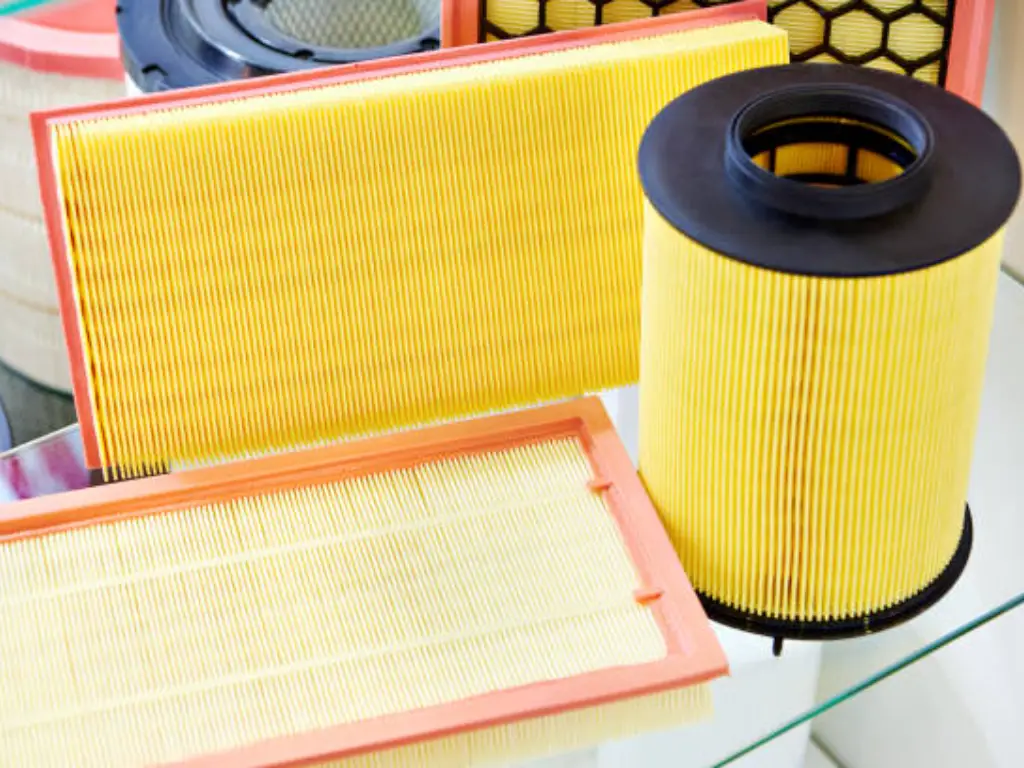
Choosing the right HEPA filter depends on several factors:
- Room Size and Airflow: Look for filters with appropriate Clean Air Delivery Rate (CADR) for your space.
- Filter Grade: Opt for True HEPA (99.97%+ efficacité) for critical applications.
- Pré-filtres: Filters with pre-filters capture larger particles first, extending HEPA filter life.
- Maintenance and Lifespan: Consider how often the filter needs replacement and ease of maintenance.
- Additional Technologies: Some HEPA units combine bipolar ionization or UV sterilization for enhanced purification.
- Noise Levels: Important for bedrooms or offices.
- Budget: Balance cost with performance and longevity.
By assessing your specific needs—such as allergy control, smoke removal, or medical-grade air—you can select a HEPA filter solution that fits both your environment and budget.
Looking for Reliable HEPA Filters? Here’s How We Can Help
If you’re in the market for high-quality HEPA filters, it’s essential to choose a manufacturer with proven performance, technical expertise, and industry certifications. Filtre aéré is your trusted partner in custom air filter manufacturing, specializing in high-efficiency filtration media and components for industrial and commercial applications.
Avec plus 17 années d'expérience, we provide tailored solutions — from rapid prototyping to bulk production (MOQ 500 PCS). Our engineering team ensures technical precision, offering filters that meet UL 900 fire safety standards and DIN 5510 compliance for demanding environments.
Backed by a 10,000㎡ smart production facility with a monthly capacity of 200,000 unités, we’re equipped to handle orders at scale without compromising on quality. Whether you need residential air purifiers, commercial HVAC HEPA filters, or medical-grade filtration units, Airy Filter delivers reliable, long-lasting solutions for cleaner, safer air.
Contactez-nous aujourd'hui to discuss your project requirements or request a custom quote tailored to your application.

